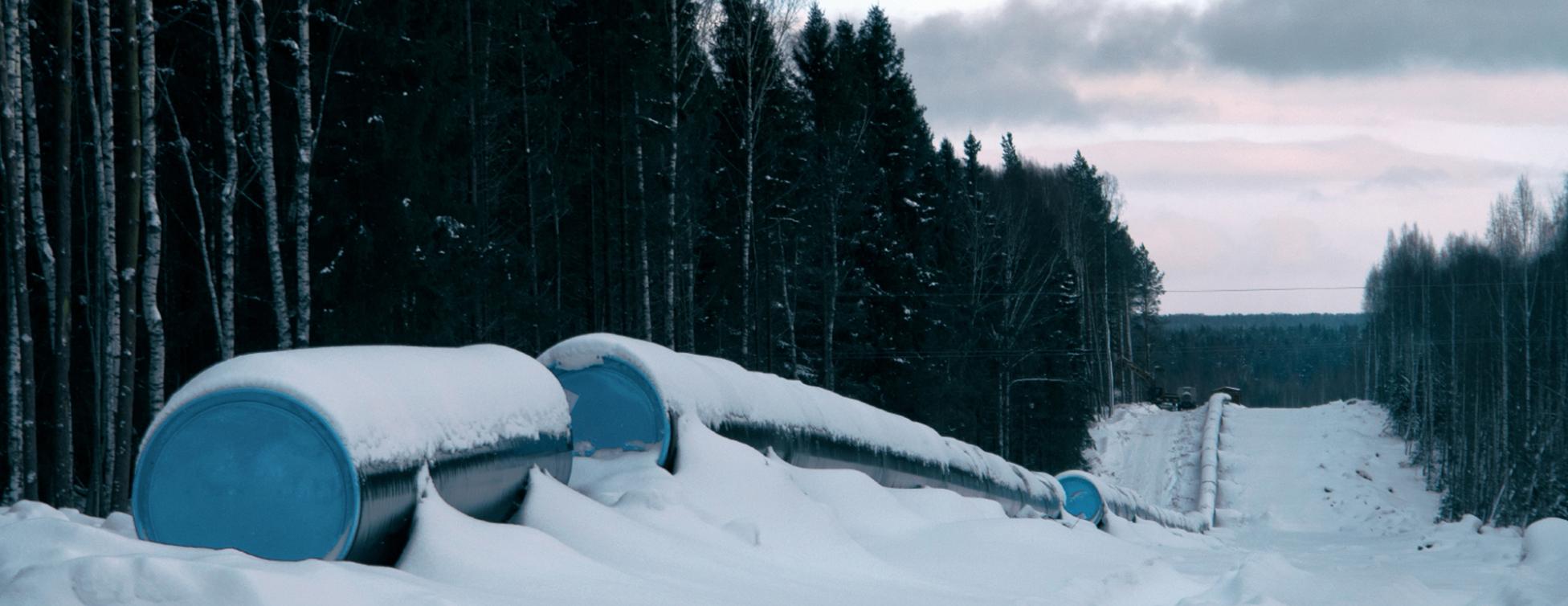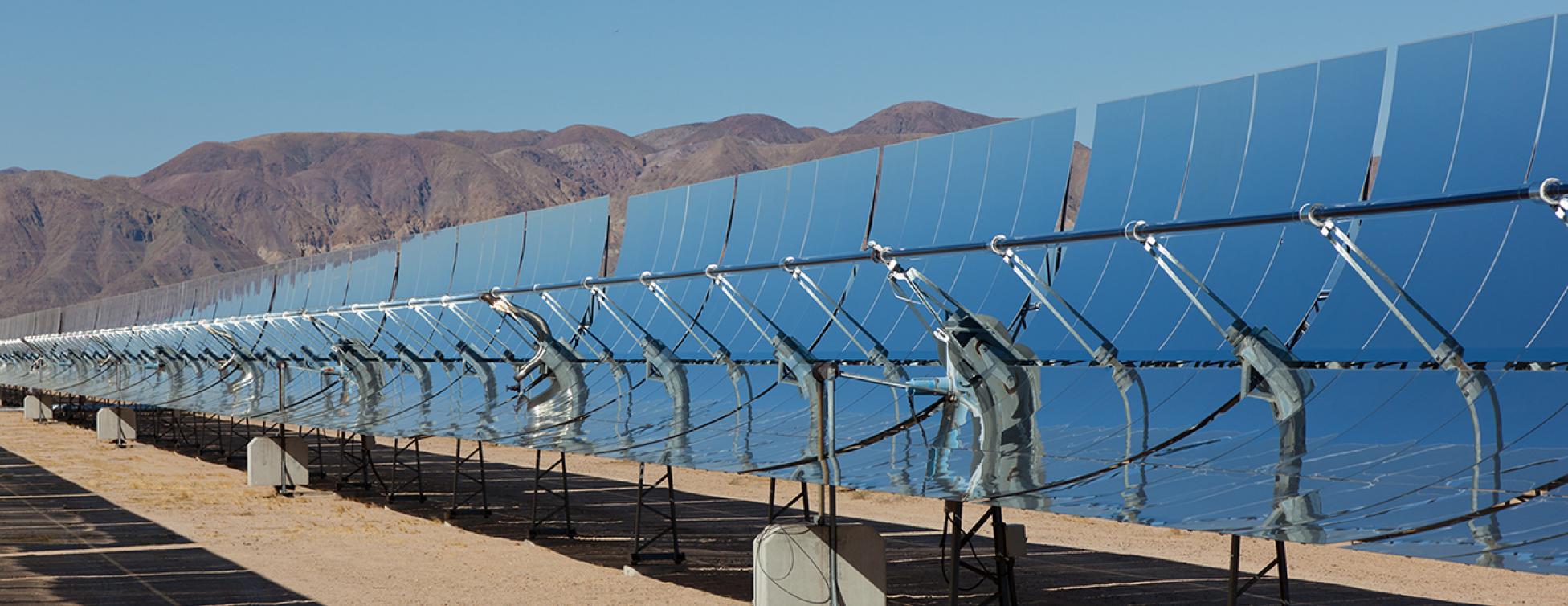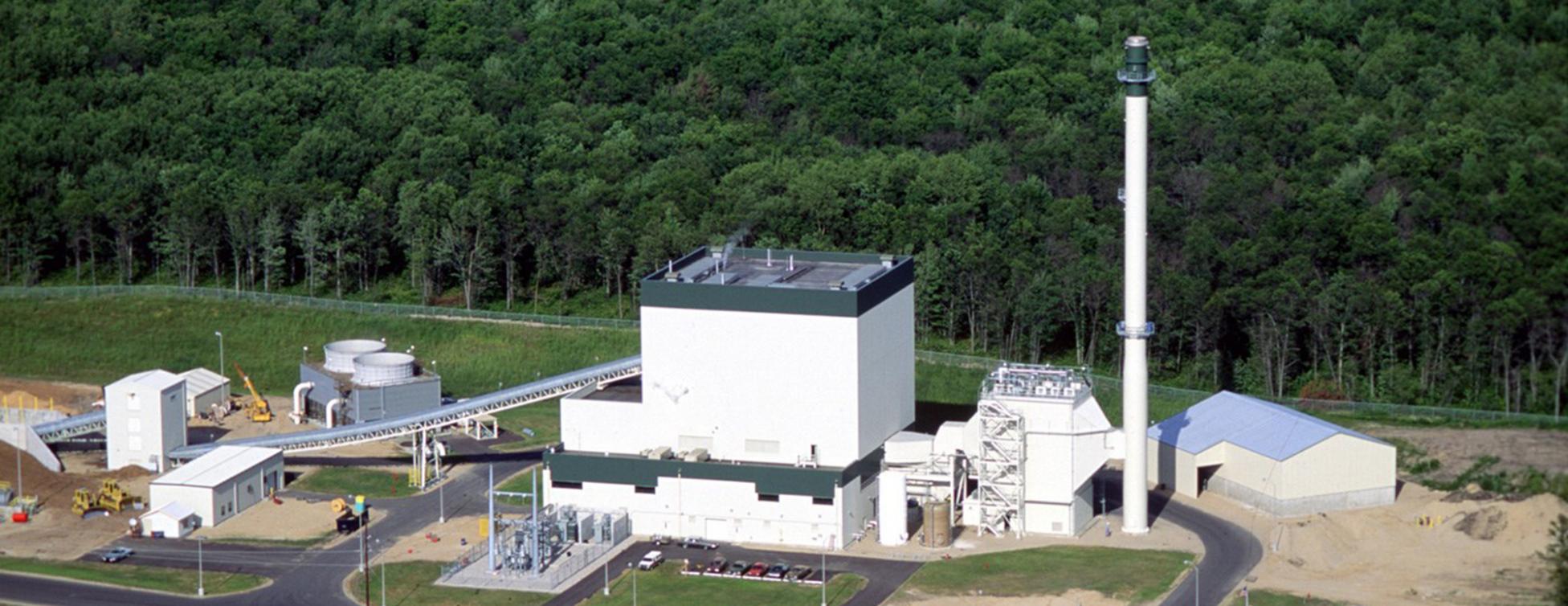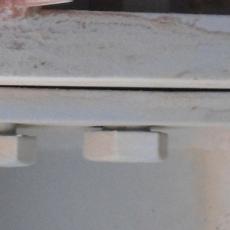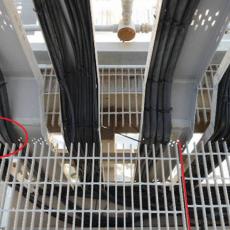Safety
HRSG Bolting
Large (HRSG) equipment erection is about attention to detail, but not overly complex. However, the structural and thermally cyclical nature of these units demands that proper methods and OEM instructions be observed.
In this case, a large new plant with 12 units was inspected one year after COD by EPR. There were so many deficiencies it is clear proper procedures were not followed. For high-strength bolting (ASTM A325/A490) proper pre-tension testing must occur, in addition to proper substrate alignment, thread engagement, and other details. The pertinent requirements, in addition to being code stipulated, were cascaded with clarity in the Contractor’s own specs and procedures, so they should have been followed and QC verified.
For both slip-critical and direct-tension applications bolting was observed to be missing, loose, installed in flame-cut holes, loose plies, and a variety of concerning problems. Over time, this condition will worsen and result in two safety concerns; falling fasteners, and unsafe structures.
Minimal. It takes no more time to pretention bolting by the iron worker. Further, QC checks should have been performed.
Owner: Safety and outage concern. Repairs need to be affected. EPCC: ~$25,000 per unit for equipment, new bolting, and man-lifts.
Not-So-Structural Grating
After noticing an unusual number of severe workmanship issues with grating penetrations, a study was conducted on one portion of a recently visited facility (one power block).
In the subject area, 231 penetrations through grating or deck plate did not conform to the requirements of contractor’s own Structural Erection Procedure, which states that all cuts of 3 grating bearing-bars shall be banded, and further, that field-cut openings shall clear insulation by 1”. The contractor’s own structural drawings also indicate a requirement/detail showing the penetrations of grating and checker plate reinforced with toe plate and banding.
Of the 231 inspections, 39 were missing banding, 174 had no toe plate, 10 did not meet the required insulation clearance, and 8 open holes were left in the grating. In total, roughly 100% of the penetrations were out of compliance with normal practice and the contractor’s criteria indicated above.
More concerning, is that the workmanship is so poor in some instances that almost none of the bearing-bars remain intact leaving the structural integrity of the... Read more
Labor/Supervision savings and probably some material.
Contractor: Some material expense and labor. Scaffold in some locations perhaps. Owner: Risks injuring O&M personnel or worse.
Steam Vents at Platform
EPR observed that steam safety valves had lifted at some period in the past during a load transient. The energy from an un-silenced steam release at 1,000F is violent and typically includes a powerful supersonic noise wave. Debris remains impaled on nearby structural steel and equipment from the force of the previous steam discharge.
A serious safety concern is that a personnel access platform is above and adjacent to the five (5) vent stacks. If any personnel would have been located on the platform during a release, they would have no doubt been seriously injured and burned. The owner's operators are exposed to a serious risk until this condition is resolved.
This safety problem persists because of a failure of engineering, piping construction, and the contractors commissioning team to resolve the issue prior to COD.
This is a very dangerous design and all 5 relief valve vents need to be extended above the structure or vented away from the access area.
Minimal cost to extend the vent stacks to a safe elevation.
Owner: Potential O&M personnel injury or fatality with associated costs. Contractor: Minimal cost to extend the vent stacks to a safe elevation.



